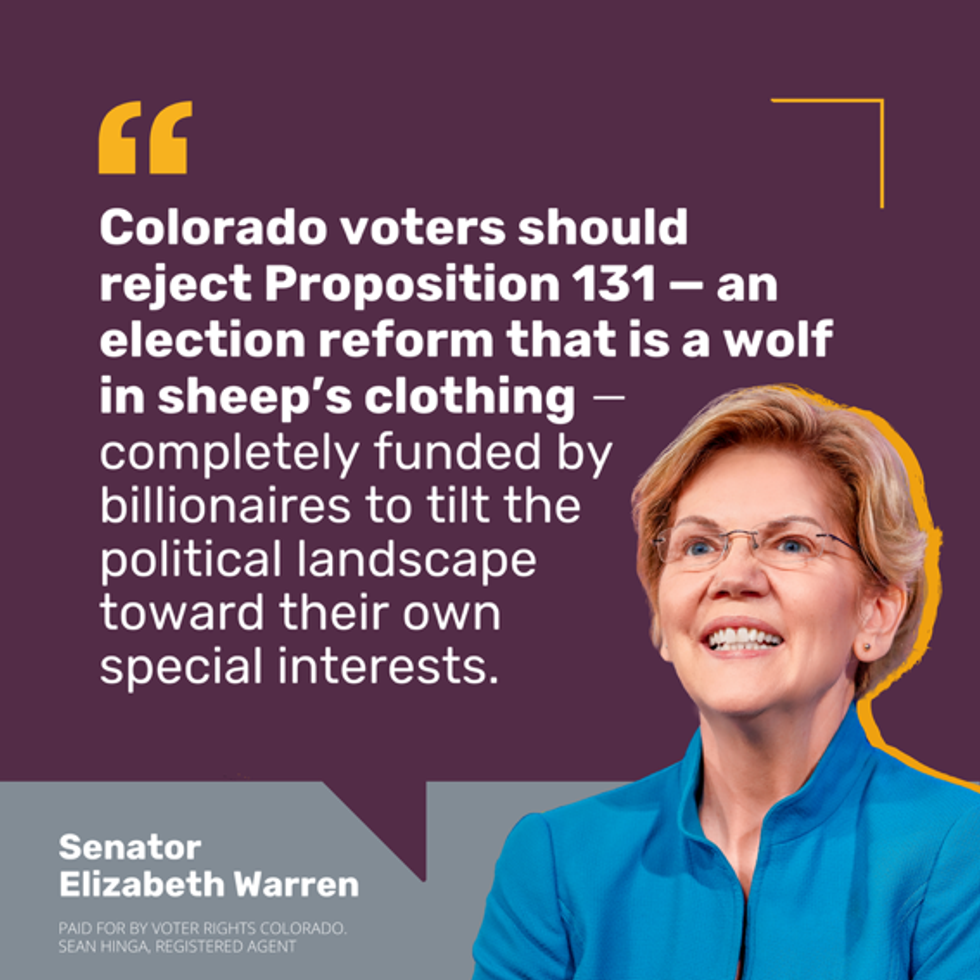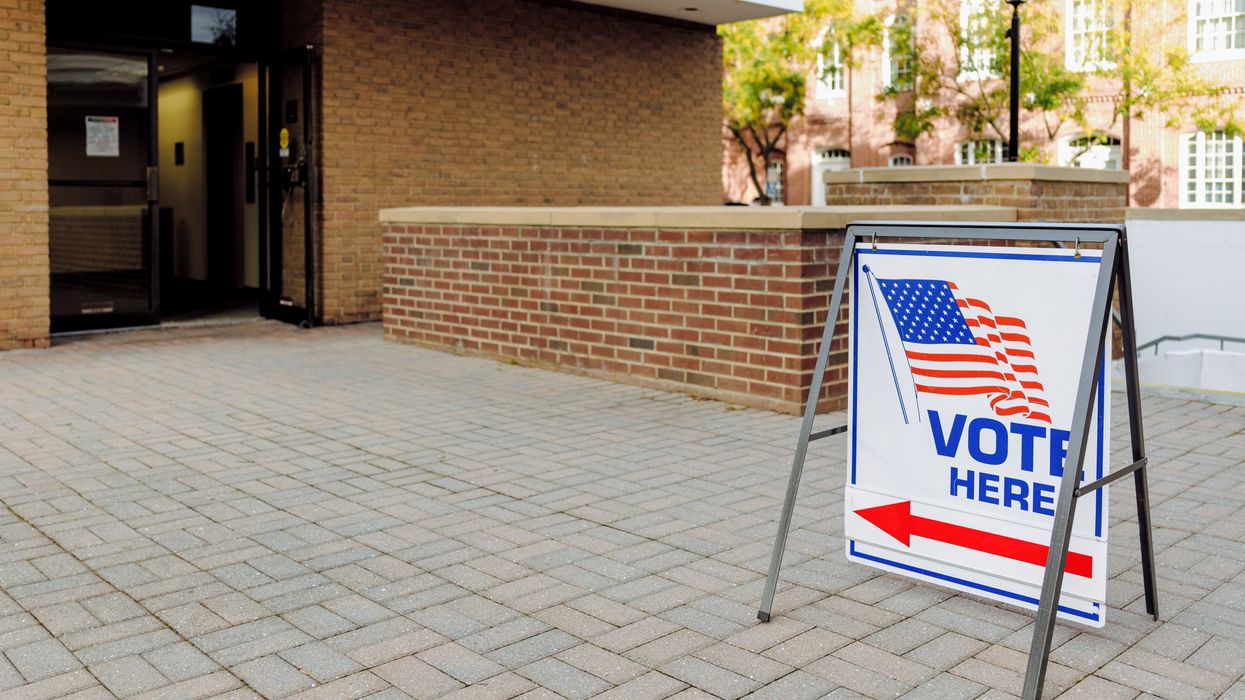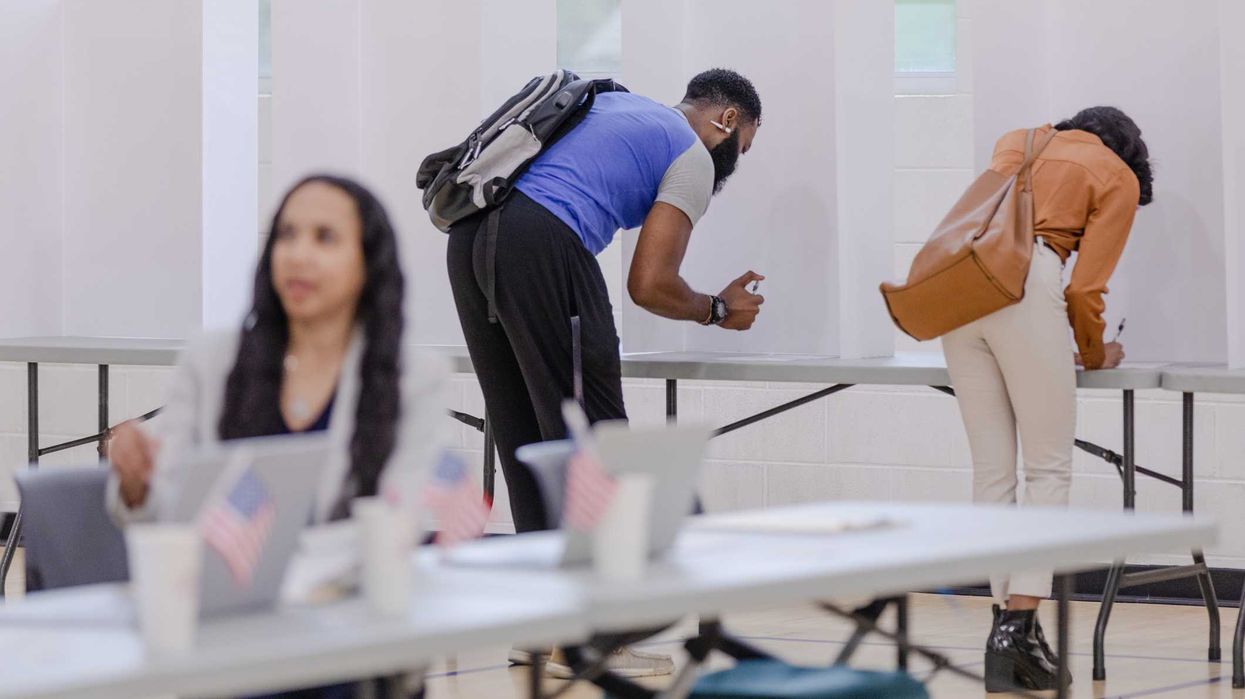The National Association of Nonpartisan Reformers hosted its post-election gathering Dec. 2-4 in San Diego. More than 120 leaders from across the country convened to reflect on the November elections, where reform campaigns achieved mixed results with multiple state losses, and to chart a path forward for nonpartisan electoral reforms. As the Bridge Alliance Education Fund is a founding member of NANR and I currently serve on the board, I attended the gathering in hopes of getting some insight on how we can best serve the collective needs of the electoral reform community in the coming year.
A key question driving the discussions was: Why did voters, who expressed deep dissatisfaction with the current system by electing Donald Trump, reject key electoral reform measures designed to fix problems that they repeatedly report being dissatisfied with? This paradox shaped the event’s conversations and underscored the challenges of connecting reforms to voters' frustrations.
Election Results: Wins and Losses
Among the victories, Washington, D.C., passed an open primary initiative, North Dakota protected the ballot initiative process and Arizona defeated a ban on open primaries. Additionally, Oak Park, Illinois, adopted ranked choice voting locally, and Bloomington, Minnesota, defeated a measure to reverse ranked choice voting. In a close result, the state of Alaska also narrowly maintained its open primaries in a closely contested decision.
However, setbacks were significant. Open primary initiatives failed in Arizona, Colorado, Idaho, Montana, Nevada and South Dakota. Oregon’s ranked choice voting initiative and Ohio’s anti-gerrymandering initiative were also defeated. The mixed results emphasized both the potential and the persistent obstacles of advancing nonpartisan reforms.
Reforms Gain Ground Despite Challenges
Nick Troiano of Unite America highlighted a silver lining: Almost 8 million Americans supported reform initiatives, with campaigns operating on a combined budget of less than 1 percent of the $20 billion spent during the presidential cycle. Troiano reminded attendees of the uphill battle reformers face in a political environment dominated by polarization and outsized spending, including millions spent specifically by the Democratic and Republican parties themselves.
John Opdycke of Open Primaries addressed the issue of funding as well, noting that reform campaigns received more financial backing than expected given the cycle’s focus on "funding both sides." However, he emphasized that the challenge extends beyond funding — it’s about building a sustainable movement, not just running campaigns.
But “movement building” became a significant challenge identified during the gathering. Too often, the “reform movement” is narrowly associated with ranked choice voting and open primaries, which are designed to include independent voices and discourage extreme candidates. The focus on those two issues can result in sidelining other impactful initiatives like vote-at-home policies and deliberative democracy efforts. With a coalition as diverse as the one represented at NANR, developing a cohesive narrative remains a significant hurdle.
Reform means different things to different people. Some may favor ranked choice voting because it makes it easier for independent candidates to win, while others support it because it generates less extreme candidates. Since the bridge-building field shares the goal of focusing on less extreme voices, does that mean bridging should be part of the reform “movement”? Leaders in both fields have strong opinions both ways.
These are complex questions and now is the perfect time for the reform movement to not only adapt strategies for existing initiatives but to also explore how we can engage citizens in fundamental democracy issues that they care about most.
Political Resistance
Opposition campaigns often exploited cultural and political tensions to defeat reform measures.
Republican opponents of reform used the slogan “Open borders, open bathrooms, open primaries” to stoke cultural anxieties, tying electoral reform to unrelated national controversies.

Similarly, in Colorado, trusted Democratic messengers like Elizabeth Warren perpetuated anti-reform messages that contributed to the reform loss.

The subsequent loss in Colorado really highlights the reality that it’s going to take in-state, grassroot efforts to truly turn the tide toward statewide electoral reforms. A September 2024 poll in Colorado showed that 64 percent of respondents supported electoral reform with broad appeal among demographics. How does this polling relate to only 45 percent of Colorado voters actually supporting reform in November? In many states, questions and concerns about out-of-state interests funding the initiatives was a significant factor in the losses. Colorado was different — prominent funder Kent Thiry is a Coloradan, but his involvement paradoxically raised concerns about his political motives, which calls into the spotlight the nuanced challenge of addressing voter skepticism about reform campaigns.
Listening and Learning
There is no shortage of opinions on the “why” of these losses and polling to try and determine the “how.” The Fulcrum shared some analyses by Lee Drutman in November as well. Leaders in the reform community are acutely aware of the wide range of opinions and theories put forth by politicians, political insiders, polling, and the media. But what about the voters?
Leaders also recognized the need for deeper listening — not just polling — to connect voter frustrations with clear, relatable solutions. This approach requires moving beyond surface-level analysis to address the root causes of voter disengagement and resistance.
The event was marked by a spirit of reflection rather than excuse-making. Looking at reasons for our losses and planning for the future included some hard realities. Todd Connor of Veterans for All Voters encapsulated my own critical takeaway from the gathering: “If our involvement in reform is limited to attending gatherings and Zoom calls, we are not close enough to the work.” Reformers must engage deeply with voters to understand their concerns and demonstrate how proposed reforms address these issues.
Looking Ahead
The gathering concluded with a commitment to move beyond post-election analysis and focus on actionable steps. Reformers identified several priorities for the future:
- Crafting a unified narrative: Developing a cohesive story that connects diverse reform initiatives under a shared vision for democracy.
- Deep listening: Engaging with voters to understand their concerns and bridge the gap between frustrations and solutions.
- Sustainable investment: Shifting from campaign-focused funding to long-term movement-building.
Maintaining momentum among the nearly 8 million voters who supported reforms in 2024 is a critical task for reform organizations. Attendees emphasized the need to avoid the mistake made by major political parties: ignoring these voters until the next election cycle. By staying engaged and demonstrating tangible progress, the reform movement can build a stronger, more participatory base.
The NANR gathering reaffirmed a shared commitment to addressing the systemic challenges that undermine American democracy. By embracing lessons from recent losses and focusing on long-term, transformative change, the reform movement aims to align its efforts with the public’s demand for a political system that truly serves everyone. While obstacles remain, the resolve displayed in San Diego offers hope for a more inclusive and participatory future
Becvar is co-publisher of The Fulcrum and executive director of the Bridge Alliance Education Fund.




















